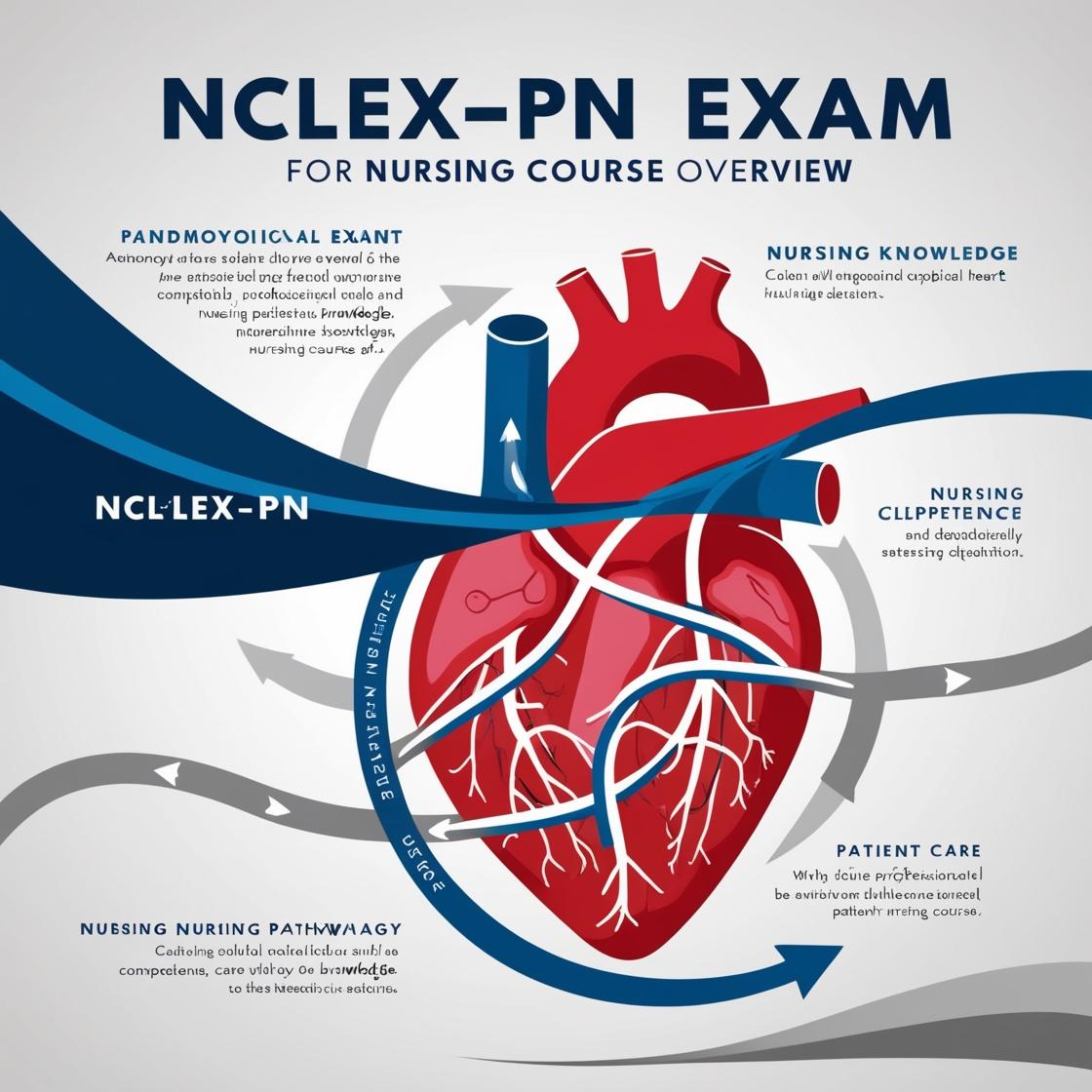NCLEX-PN
Safe and Effective Care Environment Nclex PN Questions
1. Which of the following is least important to test when assessing the client’s motor skills?
- A. strength
- B. knowledge of ergonomics
- C. balance
- D. coordination
Correct answer: B
Rationale: When assessing a client’s motor skills, it is crucial to evaluate their strength, balance, and coordination as these directly impact their motor abilities. Strength is essential to perform tasks, balance is required for stability, and coordination is necessary for smooth movements. However, knowledge of ergonomics, while beneficial for overall understanding, is not directly related to assessing motor skills. The focus should be on physical abilities rather than theoretical knowledge of ergonomics. Therefore, testing the client’s knowledge of ergonomics is the least important when evaluating their motor skills.
2. To what does legal protection of confidentiality extend?
- A. Written documentation only.
- B. Electronic dissemination of information not identifiable to a specific client.
- C. Only within the court system.
- D. Both written and verbal information.
Correct answer: D
Rationale: Legal protection of confidentiality extends to both written and verbal information that is identifiable as individual private health information. Confidentiality in healthcare settings is vital to protect patients' privacy and trust. Choice A is incorrect because legal protection covers verbal information as well, not just written documentation. Choice B is incorrect as it mentions information not identifiable to a specific client, which wouldn't fall under legal protection of confidentiality. Choice C is incorrect as confidentiality extends beyond just the court system, impacting various healthcare settings and interactions. Therefore, the correct answer is D.
3. Which is the proper hand position for performing chest percussion?
- A. Use the side of the hands
- B. Flatten the hands
- C. Spread the fingers of both hands
- D. Cup the hands
Correct answer: D
Rationale: The proper hand position for performing chest percussion is to cup the hands. Cupping the hands helps produce a vibration that aids in loosening respiratory secretions effectively. This technique is essential for therapeutic chest physiotherapy. Using the side of the hands, flattening the hands, or spreading the fingers of both hands do not generate the necessary vibration required for chest percussion. These hand positions are not considered proper techniques in this context and may not provide the desired therapeutic effect.
4. What is the correct instruction to give a client undergoing mammography?
- A. Do not use underarm deodorant.
- B. Wear comfortable clothing.
- C. Avoid caffeine prior to the procedure.
- D. Bring a list of current medications.
Correct answer: A
Rationale: The correct instruction for a client undergoing mammography is not to use underarm deodorant. Underarm deodorant can cause confusing shadows on the X-ray film, affecting the accuracy of the mammogram. Choices B, C, and D are incorrect. While wearing comfortable clothing is advisable, it is not the primary instruction for mammography. Avoiding caffeine and bringing a list of current medications are not specific instructions related to mammography preparation and are therefore not the correct answers.
5. Which of the following nursing diagnoses might be appropriate as Parkinson's disease progresses and complications develop?
- A. Impaired Physical Mobility
- B. Dysreflexia
- C. Hypothermia
- D. Impaired Dentition
Correct answer: A
Rationale: The correct answer is 'Impaired Physical Mobility.' As Parkinson's disease progresses, clients may experience a shuffling gait and rigidity, leading to impaired physical mobility. This nursing diagnosis is relevant to address the functional limitations that may arise. 'Dysreflexia' is not typically associated with Parkinson's disease but rather with spinal cord injuries. 'Hypothermia' is a condition of abnormally low body temperature and is not a common complication of Parkinson's disease. 'Impaired Dentition' refers to dental issues and is not directly related to the progression of Parkinson's disease.
Similar Questions

Access More Features
NCLEX PN Basic
$69.99/ 30 days
- 5,000 Questions with answers
- Comprehensive NCLEX coverage
- 30 days access @ $69.99
NCLEX PN Premium
$149.99/ 90 days
- 5,000 Questions with answers
- Comprehensive NCLEX coverage
- 30 days access @ $149.99
